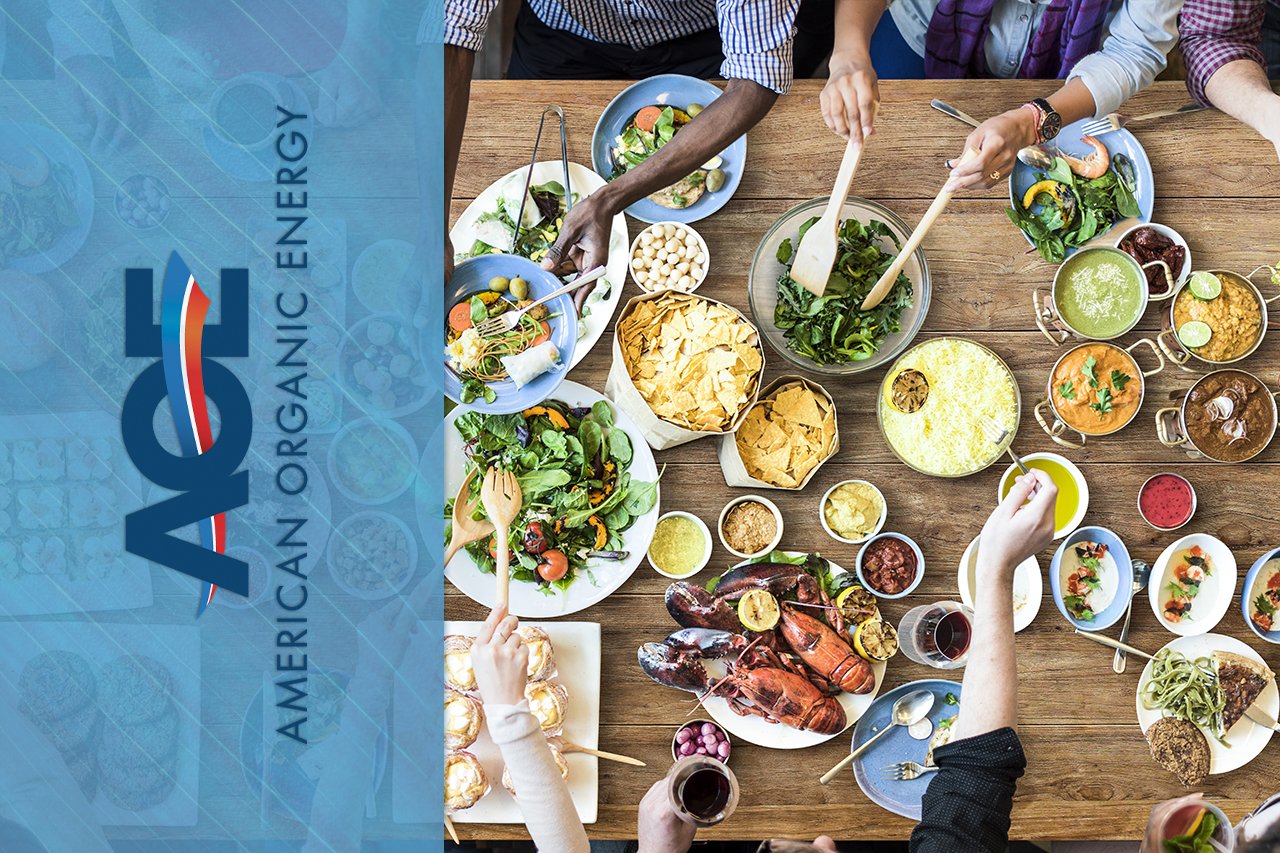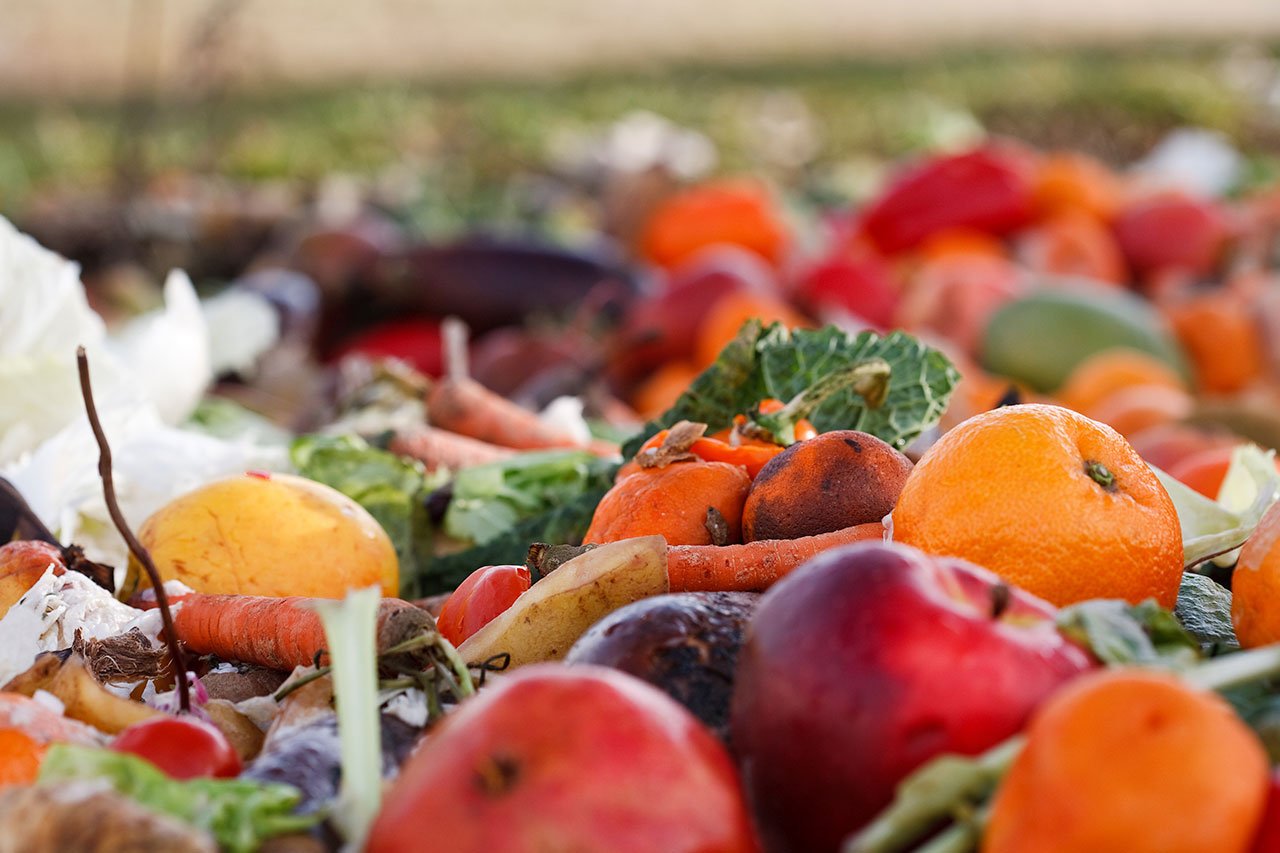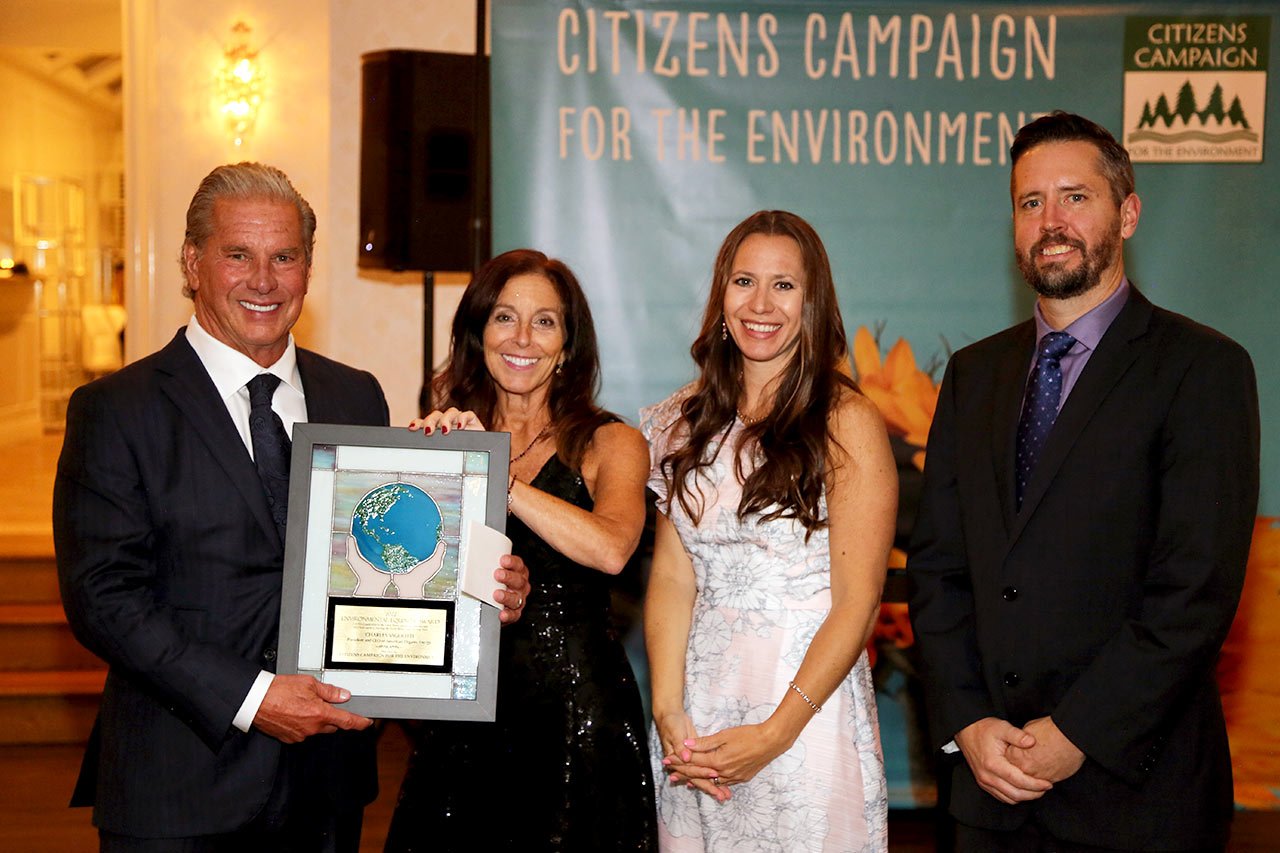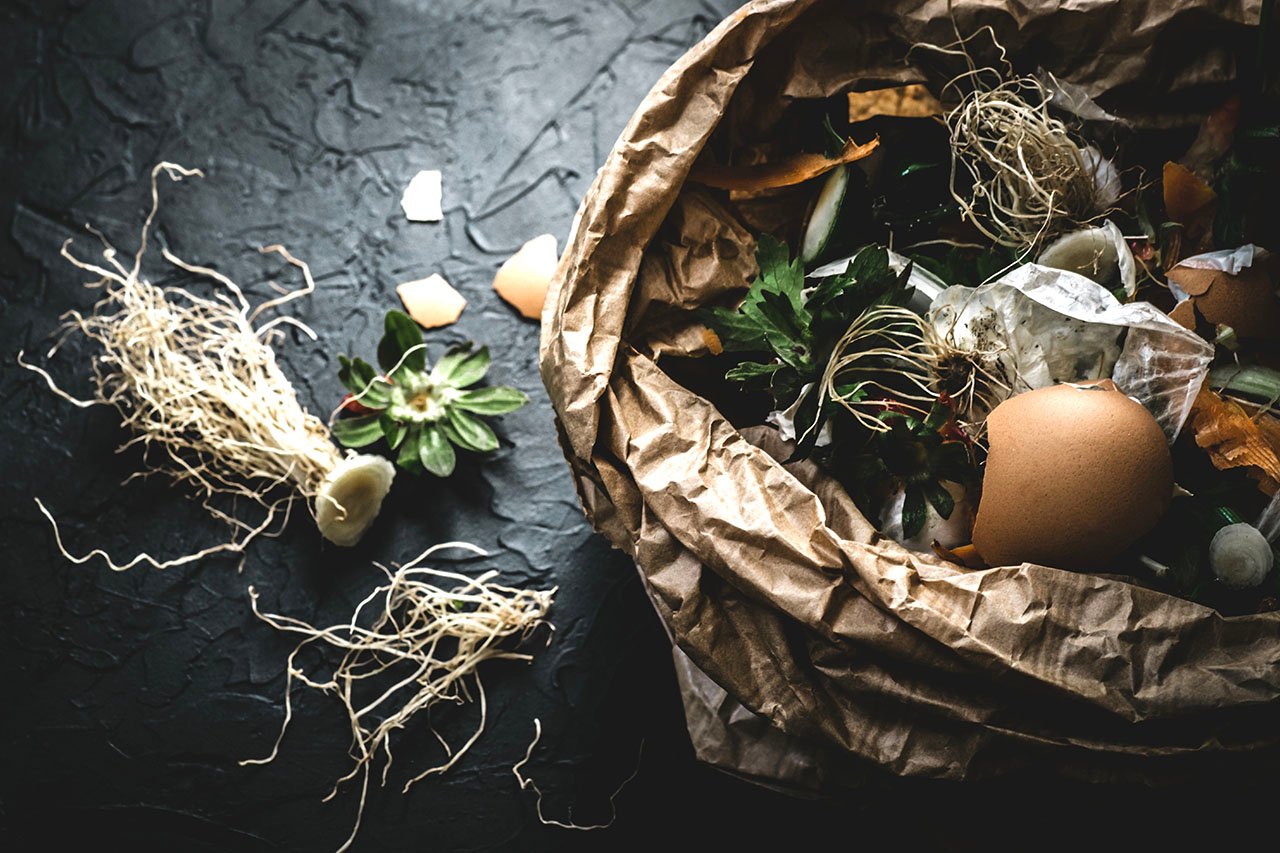We’ve all done it. The holiday season tends to drive many consumers to over-purchase food in preparation for hosting elaborate dinners and entertaining guests. While leftovers make for a tasty lunch the following day, the shelf life for that Thanksgiving turkey and apple pie tends to expire in under a week. What happens then?
Of course, the idea is to shop in moderation to begin with, keeping an eye on labels and gauging how long certain courses can be expected to last. Inevitably, there will be some waste; but there are several alternatives to ensure that your discarded meal scraps can serve a purpose by benefiting those less fortunate, or in some instances, through anaerobic digestion, the environment at large.
Shop Smart
While turkey may be synonymous with Thanksgiving, it’s a popular option for many holidays, often leading to a great deal of waste. A far more practical option is centering the meal around a meat that your guests are inclined to eat in its entirety, such as a chicken breast, roast, or even a boneless turkey.
While the temptation is to serve course upon course, beginning with appetizers and moving right on through to dessert, the simple fact is that such an array is too much for most to consume over a reasonable duration. Unless you plan to host a seven-hour extravaganza, focus on scaling back the menu to something more manageable—for your wallet and your stomach.
While this may sound strange, “shop ugly” when you embark on your journey down the grocery store aisles, choosing bruised and unattractive ingredients for those dishes that call for chopping or extensive processing. This way, you can be sure to use the items in their entirety, either as part of the main course or in a soup, pie or stuffing, where aesthetics are not as important.
Once the meal is prepared, take care to limit the portions to the equivalent of one serving, rather than overloading your guests’ plates initially. There’s no shame in going back for seconds, and this method is far more economical than scraping the untouched remnants into the garbage. Any actual leftovers should be quickly divided and stored in the refrigerator for safekeeping.
Know Your Labels
Contrary to popular belief, most leftovers do not sustain past a few days, at best, before bacteria begins to grow. In some cases, this can lead to food poisoning. By freezing leftovers, shelf life can be extended to a month or more, but care should still be taken to examine food before consuming. If something doesn’t look, smell or taste right, better to be safe than sorry.
The same goes for purchasing, as some consumers are easily confused by the various labels found on food and other packaged products and are unsure how to interpret them.
Here are a few basic guidelines to follow:
Expiration Date: Found on items like yeast and baking powder, this date provides a general guideline for use; however, products that contain these ingredients remain safe to eat, although not as effective, following it.
Pack Date: Found on canned food, crackers, cookies and spices, this date indicates when the product was originally packaged; typically, the food is of good quality and can be consumed for quite some time past.
Sell By Date: Found on refrigerated foods such as milk, yogurt, cottage cheese, eggs, lunch meat and packaged salad mixes, this date is a strict deadline for stores; in certain instances, these items can be frozen before the date to extend their shelf life.
Use By/Quality Date: Found on crackers, cookies, cold cereals and other dry goods, this date represents the manufacturer’s recommendation for how long the food will remain at peak quality; following, certain nutrients may be lost.
Past Prime
So what happens to the food that remains unpurchased leading up to its expiration date? Most supermarkets spend hours each night taking this borderline inventory off the shelves, donating some to food banks, selling portions to salvage stores and leaving the rest to be taken by those who pick through the discarded piles outside the store.
The Food and Drug Administration contends that products past their prime are still fit for consumption based upon the fact that expiration dates are “simply an indication of optimum quality as deemed by the manufacturer.” Provided they are handled and stored properly, most do not pose any hazard unless contaminated.
Anaerobic Digestion Transforms Food Waste Into Fuel & Useful Nutrients
Eventually, though, there comes a point when food simply must go. This is where American Organic Energy comes in.
Our proposed anaerobic food digester project is designed to transform the way in which food compost is processed, by converting these organic materials into clean energy, clean water and compost, designed to nourish our communities and landscape.
It will serve as a drop-off point for 180,000 tons of food waste per year, providing an environmentally sound alternative to dispose of those excess and expired goods otherwise intended for distant landfills, unsorted and left to rot.
American Organic Energy's proposed anaerobic digestion facility holds a long list of benefits for local communities and the environment, overall. Among these, it will reduce harmful greenhouse gas emissions by 40,000 tons, eliminate 2,000 gallons of diesel fuel, and produce 5 million bags of organic fertilizer.
Soon, leftovers from everyday meals and food waste from restaurants and supermarkets throughout Brooklyn, Queens and Long Island will join those unwanted scraps from holiday feasts in helping to make the world a cleaner, healthier place, thanks to anaerobic digestion and American Organic Energy!
